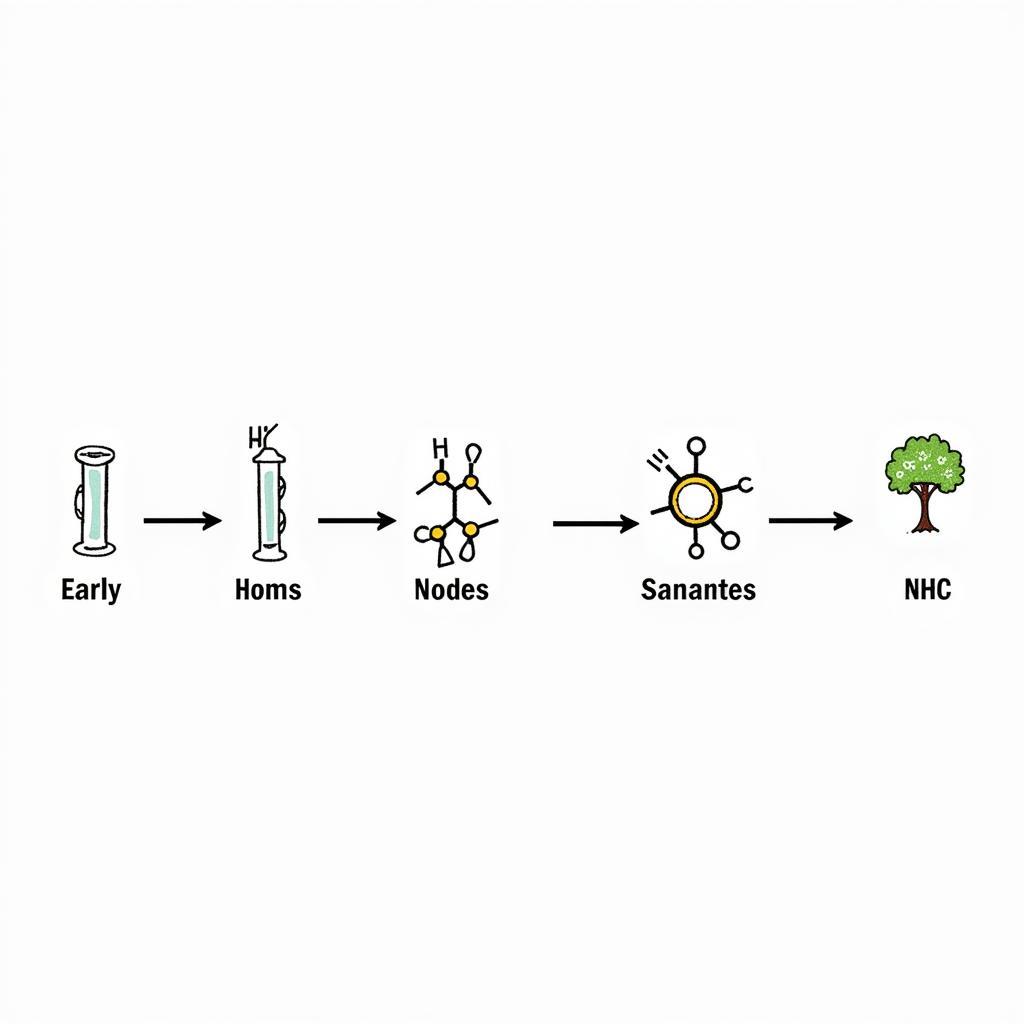Enzymes are essential proteins that act as catalysts, speeding up chemical reactions within living organisms. From digesting food to replicating DNA, life as we know it wouldn’t be possible without them. But have you ever noticed that all enzyme names end with the suffix “-ase”? This consistent naming convention isn’t a coincidence. It’s a result of a deliberate decision by scientists in the early 20th century to bring order and clarity to the field of biochemistry.
The “-ase” Suffix: A Universal Naming System for Enzymes
Before the widespread adoption of “-ase”, enzyme names were often arbitrary and provided little insight into their function. Some were named after their substrates, the molecules they act upon, while others were named after their discoverers or the source from which they were isolated. This lack of standardization made communication and research in enzymology, the study of enzymes, quite challenging.
 Enzyme Naming Convention
Enzyme Naming Convention
In 1955, the International Union of Biochemistry (IUB) established the Enzyme Commission (EC) to address this issue. The EC developed a systematic naming system based on the enzyme’s catalytic activity. This system assigns a unique four-number code and a recommended name to each enzyme. While the official names can be long and technical, they provide a clear and unambiguous way to identify and classify enzymes.
The Logic Behind “-ase”: Clarity and Functionality
The “-ase” suffix was chosen for several reasons. Firstly, it provides a clear and immediate indication that the word refers to an enzyme. This is particularly helpful for scientists working across different languages, as the suffix is universally recognized within the scientific community.
Secondly, the “-ase” suffix often provides a clue about the enzyme’s function. For example, the enzyme “lactase” breaks down lactose, while “protease” breaks down proteins. This predictable pattern makes it easier to remember and understand the roles of different enzymes.
Exceptions to the Rule: Not All Enzymes Follow the Convention
While the “-ase” suffix is the standard for enzyme nomenclature, some exceptions exist. These exceptions are often historical relics, with names that predate the standardized system. For example, “pepsin” and “trypsin” are two digestive enzymes that retain their traditional names.
The Importance of Standardized Enzyme Names in Modern Science
The “-ase” suffix might seem like a small detail, but it plays a crucial role in modern biochemistry. This simple convention brings clarity, consistency, and efficiency to scientific communication. It allows researchers worldwide to share their findings, collaborate on projects, and advance our understanding of these vital molecules.
FAQs about Enzyme Names
Why is it important to have a standardized naming system for enzymes?
A standardized system ensures clarity, avoids confusion, and facilitates effective communication within the scientific community.
Are there any enzymes that don’t end in “-ase”?
Yes, some enzymes, like pepsin and trypsin, have retained their traditional names that predate the standardized system.
What are some examples of enzymes and their functions?
- Lactase: Breaks down lactose (milk sugar).
- Amylase: Breaks down starch into sugars.
- DNA polymerase: Synthesizes DNA molecules.
Where can I learn more about enzyme classification and nomenclature?
The Enzyme Commission (EC) website provides comprehensive information on enzyme classification and nomenclature.
Need More Information?
For further inquiries or assistance, please contact us at:
Phone Number: 0369020373
Email: [email protected]
Address: Thon Ngoc Lien, Hiep Hoa, Bac Giang, Vietnam.
Our dedicated customer support team is available 24/7 to assist you. You can also find more information on related topics on our website, including articles on ase industrial holding dividend policy, ase industrial holdings dividend, and ase database group.
